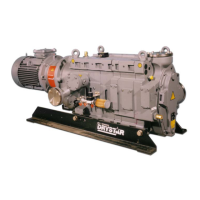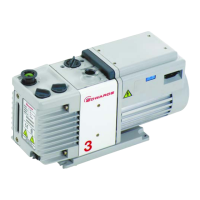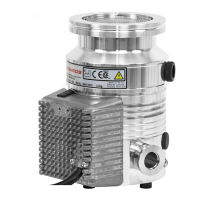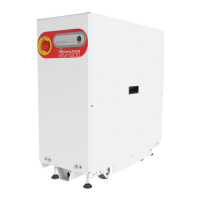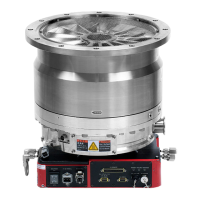Vacuum Pump and Vacuum Systems before pumping hazardous materials. This
publicaon is available on request: contact us or the supplier.
▪ Route and secure cables, hoses and pipework during installaon to avoid the
possible risk of trips.
▪ Before locang the dry pumping system, ensure that the installaon area is clean
and free from debris and contaminaon (such as oil).
In order for the dry pumping system to perform to specicaon, appropriate facilies
must be provided as detailed in this manual.
Before installing, we recommend that you read the publicaon P60102675 Installaon
recommendaons for the GXS and CXS pumps.
3.1 Locate the dry pumping system
WARNING:
Suitable liing equipment must be used to move the dry pumping system. It is too
heavy to li by hand.
Move the dry pumping system to its operang posion using any of the following
methods:
▪
Use a forkli or pallet truck to li the dry pumping system.
WARNING:
Do not exceed the topple angle when moving the dry pumping system. When using a
forkli or pallet truck, adjust the forks to li around the centre of gravity.
CAUTION:
When using a forkli or pallet truck to li the dry pumping system, make sure to
insert the forks under the base rail on the side of the dry pumping system otherwise
the exhaust may be damaged. The base rail has cut-outs for forkli access.
Refer to the installaon drawings in Installaon drawings on page 80 for the topple
angle and centre of gravity informaon.
▪
Li the dry pumping system by the eyebolts.
WARNING:
Ensure that the maximum angle between the paired slings used to li the dry
pumping system is 45°.
Each dry pumping system is provided with four liing eyebolts to enable liing. Refer to
Figure: Front view of the pumping system with the side exhaust and skids ed, item 4.
Ensure that all the liing eyebolts are used when liing the dry pumping system. Once
the dry pumping system has been moved to its locaon, remove the liing eyebolts and
replace with the liing eyebolt covers supplied with the dry pumping system.
Page 29
M58800880_H - Installaon
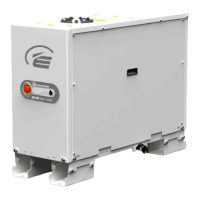
